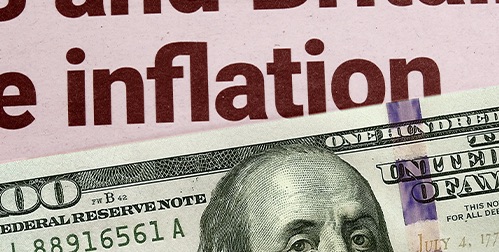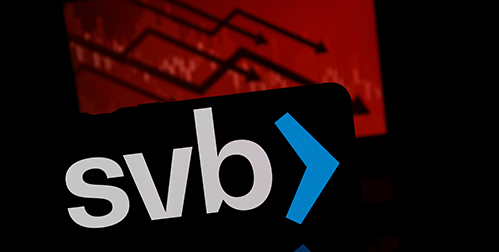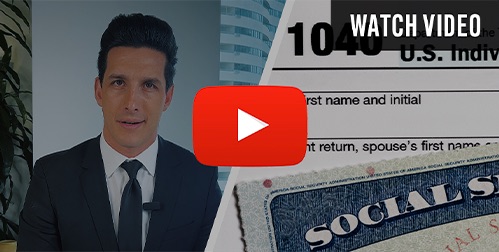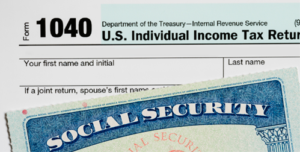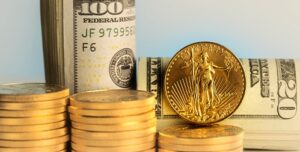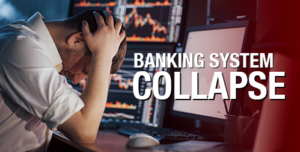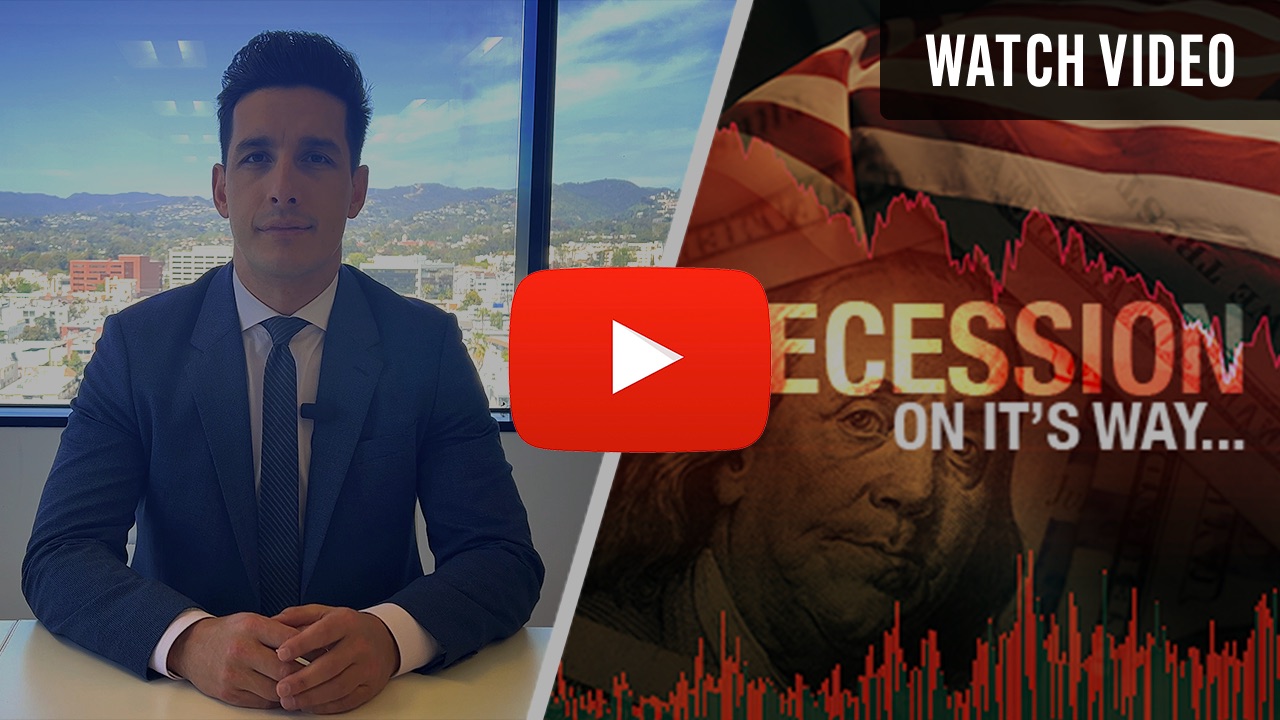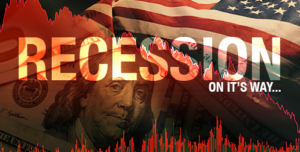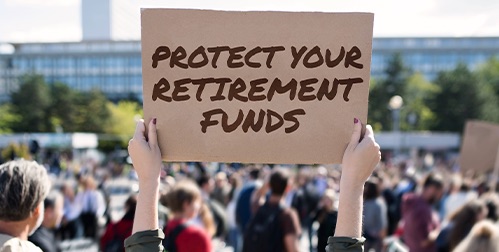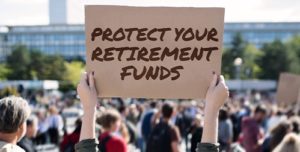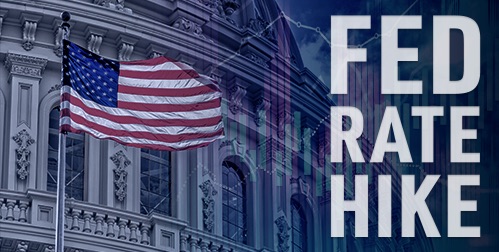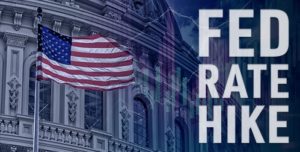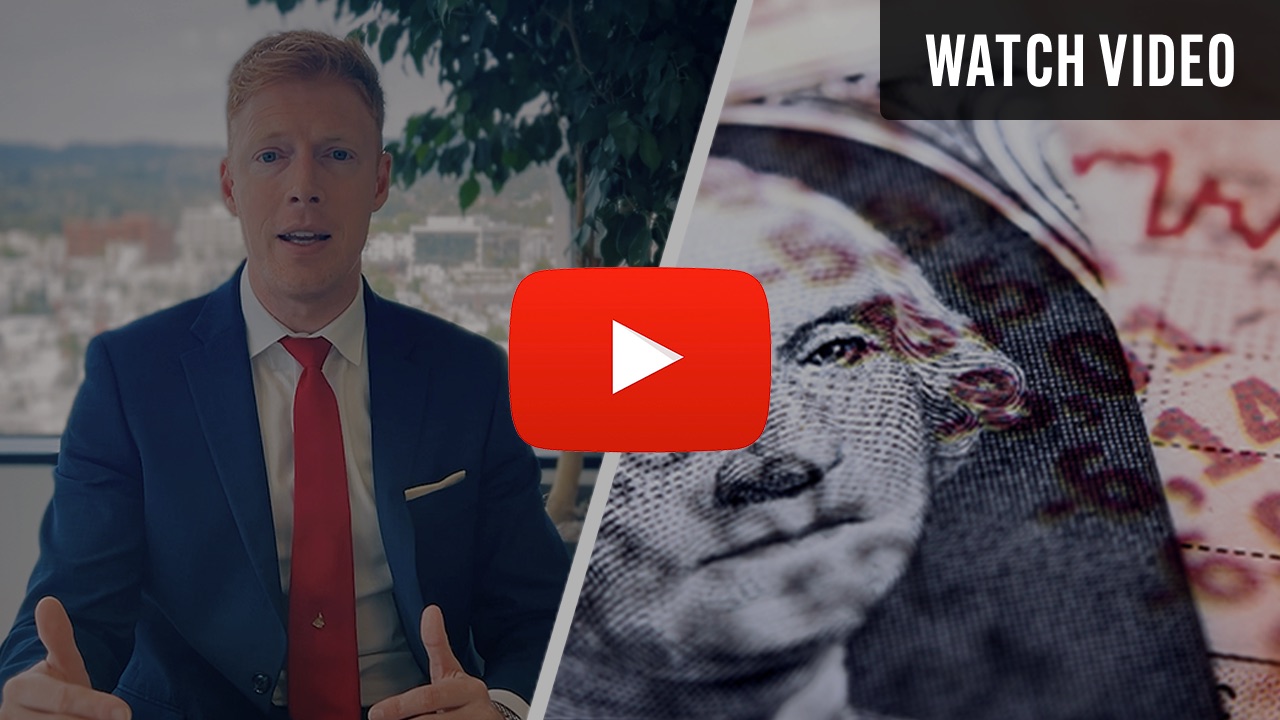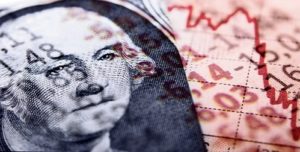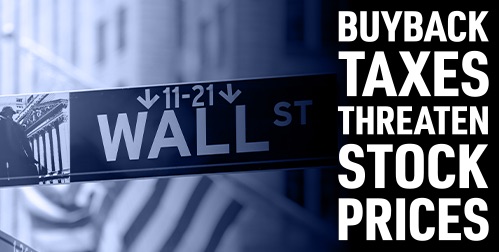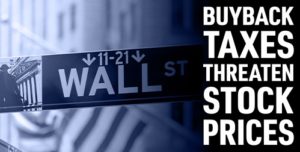- The Consumer Price Index indicated that inflation rose more slowly in March
- Despite the slowdown, inflation is still punishing American consumers
- Even if the Fed slows interest rate hikes, current prices may be the new baseline
Inflation Still Rises, Albeit More Slowly
The most recent Consumer Price Index (CPI) indicated that inflation rose more slowly in March. Not that inflation decreased or even stopped rising. Only that the pace of price increases slowed down. So, while the news was positive for the Federal Reserve, it was no comfort to most Americans who are still struggling with high prices.
The Federal Reserve has set a target of 2% inflation. The current rate is over double that at 5%. CPI climbed 0.1% in March after rising 0.4% in February. The CPI slowdown is attributed to the dropping price of gasoline. After OPEC+ announced a production cut, this drop is predicted to be short lived. The rate of inflation is down from a peak of 9.1% in June of 2022, but the pain of inflation is still echoing throughout the economy.1
While prices are growing at a slower rate, increases are not stopping altogether. The cost of essentials is still punishing consumers. Food prices, for example, climbed 10% in February and have been rising at double-digit rates since May of 2022. Additionally, rents had their largest one-month increase on record, and day-to-day living expenses are hurting Americans.2
Even as inflation continues to slow, it won’t reverse outright. Only in rare instances do prices decline on an annual basis. And this is not even a given during recessions. The bottom line is that the higher prices that have become a hallmark of the post-pandemic U.S. economy are here to stay.
Bankrate said, “The inflation we’ve seen over the past couple of years has increased household expenses and essentially set a new base, and those expenses are not going to fall in a broad-based way. They just might not go up as fast.”3
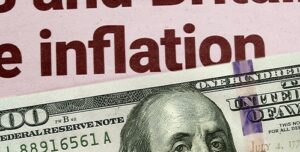
Inflation and the Fed
Analysts think the slowing pace of inflation may cause the Fed to slow their pace of interest rate hikes. As the market stress from last month’s bank collapses eases, economists expect the US central bank to raise rates one more time in May. Investors predict another 0.25% hike. After that, they could pause their fastest monetary tightening campaign since the 1980s in June.4
The most recent jobs report may hinder the Fed’s rate slowdown. The report showed that unemployment is dropping and over 1 million jobs were added in 2023. This is fanning the flames of inflation even as wage growth is declining. Basically, people are working more for less. This means that the Federal Reserve will likely keep raising rates. It has done so by 475 basis points since March of last year, from near zero.5
Rising costs for food, rent, and other daily necessities are taking a toll on household budgets. The Federal Reserve is likely to keep raising rates to combat inflation. Not only are these hikes impacting wage growth and job opportunities, but they are also causing banks to fail and stocks to crash. With no end to inflation in sight, investors should look for means to preserve the value of their portfolio. A Gold IRA from American Hartford Gold is designed to protect your retirement funds from inflation and soaring interest rates. Contact us today at 800-462-0071 to learn more.
